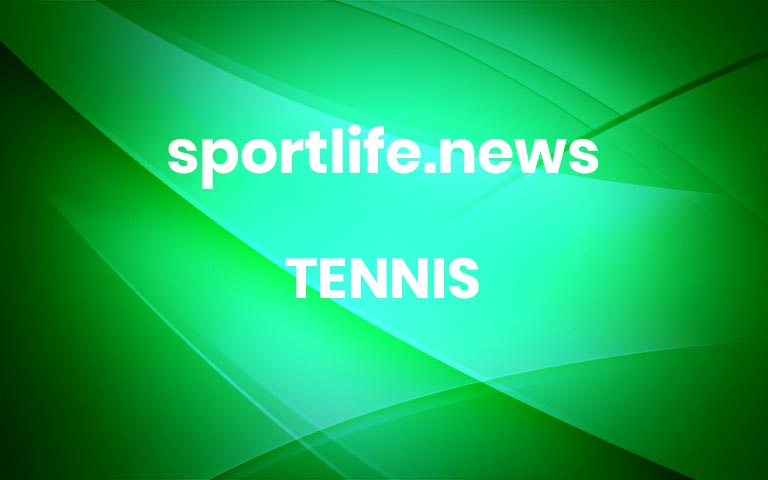The Budding 19-Year-Old Star at the French Open Not Named Carlos Alcaraz
Holger Rune of Denmark is making his mark in Paris. His childhood rival is hogging the spotlight. That is just fine with him — for now.PARIS — With all due respect and attention to Carlos Alcaraz, a favorite to win the 2022 French Open, there is another heralded 19-year-old still alive in the men’s singles draw, a guy from Denmark named Holger Rune.The similarities largely end there for two players who may very well end up being rivals for the next decade, which is about how long they have been rivals already. For the moment, though, and maybe just for another few days, they inhabit separate worlds.“It’s pretty fun when you see these players here that you have been playing at junior tournaments for years,” Rune said in an interview Thursday after a second consecutive straight-set win launched him into the third round of a Grand Slam tournament for the first time.Alcaraz, a Spaniard ranked No. 6, has sucked up much of the oxygen on the days he has played, even though he shares the stage with some pretty good players named Rafael Nadal and Novak Djokovic. Alcaraz’s five-set comeback from match point down on Wednesday against Albert Ramos Viñolas was the match of the tournament so far.Rune, ranked No. 40, has floated under the radar. He has yet to drop a set.Alcaraz plays in the big stadiums and is the talk of the locker room.“The famous Carlos Alcaraz,” is how the Russian Daniil Medvedev, the 2021 U.S. Open champion who is seeded second, recently described him with a smirk.Rune has so far played on Court 12, within Roland Garros’ low-rent district, where the backcourt is so tight he tripped over the folded tarp that protects the clay from the rain while chasing a backhand Thursday and badly twisted an ankle. He was just three games from winning. For a moment, he thought this was very bad. He limped to his chair and received medical attention, then came back and closed out Henri Laaksonen of Switzerland, 6-2,6-3, 6-3.Alcaraz has dark hair and dark eyes and for the last year has appeared to model his look and his quietly confident but humble demeanor after the Big Three: Nadal, Djokovic and Roger Federer. His coach, and the model for all he does, is the soft-spoken former world No. 1 Juan Carlos Ferrero. Alcaraz’s father has described his son as the ultimate workhorse, even when he was a small boy.Rune, a Nordic dirty blond, plays in a backward baseball cap. His coach, the little-known Lars Christensen, began instructing him when Rune was 6 years old after he appeared at the local club in Denmark that Christensen ran.It works, but it has not always been smooth.Rune has yet to lose a set at this year’s French Open.Yoan Valat/EPA, via Shutterstock“I was lazy when I was a kid. I mean like 12 or 13,” he said Thursday after he withdrew from the doubles tournament to protect his ankle.Alcaraz hits the ball so hard even the world’s best players say it can take a set to adjust to his pace. He does not lack for touch, but at his core he leans on a testosterone-fueled brand of the game.Rune plays a style filled with finesse. He drifts across the court and never seems to expend more energy than what’s necessary.He and Alcaraz began playing each years ago in the under-12 competitions. They have played 10 times, he thinks. He’s pretty sure Alcaraz has the edge, 6-4, over the years. Alcaraz beat him in straight sets in November at the Next Gen ATP Finals in Italy.Both had coming-out parties of sorts at the U.S. Open last year. Alcaraz, then known mostly to tennis geeks, upset the third-seeded Stefanos Tsitsipas in a five-set epic in the third round.Rune drew Djokovic in the first round.“My goal is not just to play here. My goal is to win this tournament,” Rune declared before that match. He lost the first set, 6-1, but won the second in a tiebreaker before his legs gave out and he lost 12 of the next 15 games.“I was a little inexperienced,” he said Thursday. “Didn’t know what it takes to play five sets, possibly in every match.”He still does not lack in self-regard. “I believe in my game,” he said, though he has now added a dose of realism. “I believe I can beat anybody, but I also believe I can lose to anybody.”True enough, but it’s also worth noting that for years every tennis pundit — Patrick McEnroe, Brad Gilbert and on and on — was fairly certain that the days of discussing teenage contenders at major tournaments had passed. The game had become too physical, they said. It was the domain of men.Alcaraz has dispelled that notion, winning big tournaments near Miami and in Madrid this spring and beating Nadal, Djokovic and the Olympic gold medalist Alexander Zverev along the way.Rune may not be far behind. A French Open junior champion in 2019, he won his first ATP Tour title in Munich earlier this month, knocking off Zverev along the way.He won a BMW for the effort, but there is one problem, which serves as a reminder of his youth: He has yet to take the test for his driver’s license.“Didn’t have the time,” he said. “When we have some time off, we are definitely going to do the driver’s license and take the car.”Alcaraz got his license in February. More


